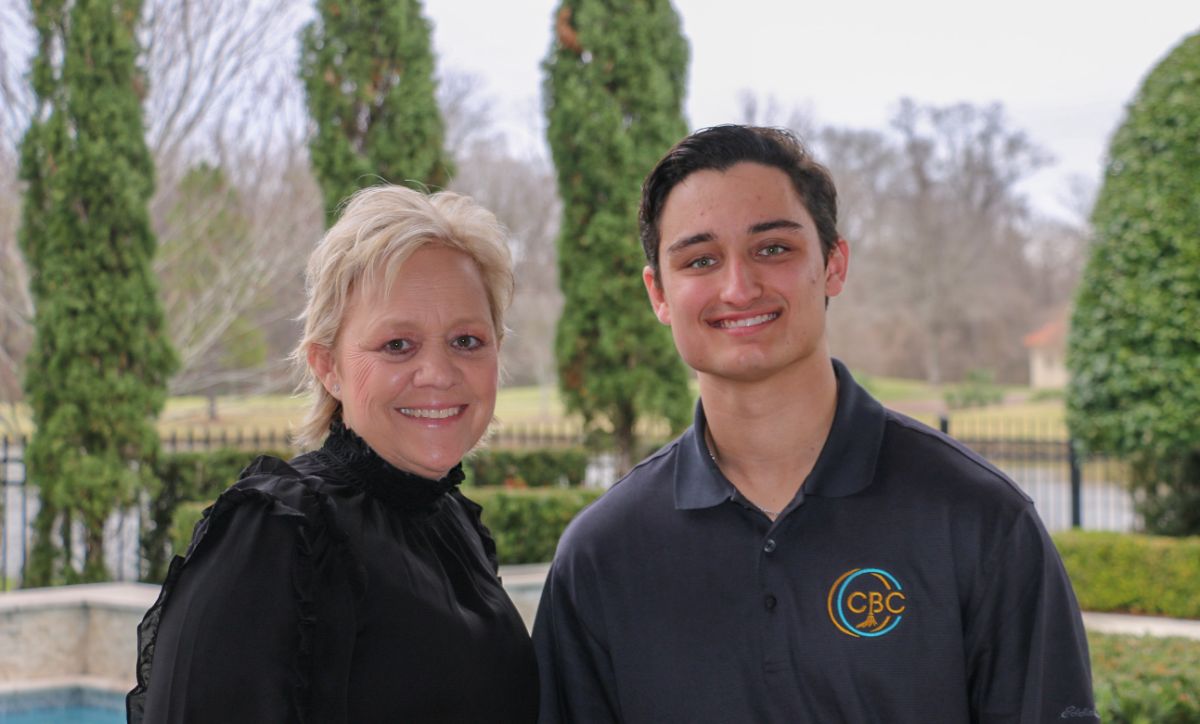The 5 Most Common Cleaning Mistakes Homeowners Make

The 5 Most Common Cleaning Mistakes Homeowners Make (and What Professionals Do Differently)
Most people clean their homes with good intentions, but good intentions don’t always lead to the best overall results. As a cleaning business owner, I’ve learned that the difference between a home that looks clean and one that truly is clean often comes down to small habits and techniques.
At Come Back Clean, my team and I have cleaned hundreds of homes across the Baton Rouge area, and we’ve seen it all. From over-scrubbed countertops to “disinfected” surfaces that were never actually disinfected. The good news? These mistakes are easy to fix once you understand how professionals approach the job.
Here are the five most common cleaning mistakes homeowners make — and what the pros do differently.
1. Using Too Much Product
One of the biggest misconceptions in cleaning is the belief that “more is better.” Many people think a heavy dose of cleaner will make surfaces extra shiny or disinfect faster. In reality, the act of using too much product can actually make cleaning significantly harder.
When you overspray or over-pour a product, oftentimes a residue gets left behind. That residue will attract dust, dull surfaces, and often requires more wiping to remove. Over time, it can even damage finishes on countertops, floors, and stainless steel.
What professionals do:
We always practice the principle of less is more. It is more about the right technique than it is
the amount of cleaning product you use, and that is what gets you professional results. Pros
utilize and measure the correct dilution ratios and allow that product to sit long enough to do its
job before wiping it away. It is all about the precision in cleaning, not the quantity.
2. Cleaning in the Wrong Order
Another common mistake I see is cleaning in the complete wrong order. For example, someone starts by vacuuming, then dusts shelves, then notices the floors are dirty again and has to redo them. That's simply wasted effort.
What professionals do:
We clean with a very specific order and flow. That means working top to bottom and back to
front in every room.
- Start high (ceiling fans, light fixtures, shelves)
- Then move to mid-level surfaces (counters, tables)
- Finish with floors last
This approach ensures that any dust or debris that falls gets picked up in the final step. It’s a small shift that saves a lot of energy and gives you that polished, finished look every time.
3. Rushing the Dwell Time
Disinfectants need time to work. It's not enough to spray and immediately wipe. Many homeowners rush through surfaces, thinking the product kills germs on contact. In reality, most cleaners need anywhere from 30 seconds to a few minutes to sit to do their job properly.
What professionals do:
We actually let products sit while we move to the next area. For example, we’ll spray the
bathroom sink and toilet, then clean mirrors or fixtures before returning to wipe. This allows the
disinfectant to break down bacteria effectively and it makes scrubbing easier, too.
Patience is a cleaning superpower. When you let the product work for you, you work less.
4. Using the Same Cloth or Mop Everywhere
It’s common for homeowners to use one rag or mop for multiple rooms, thinking they’re saving time. Unfortunately, that spreads dirt and bacteria from one area to another — especially between the kitchen and bathroom.
What professionals do:
We always color-code and separate our supplies:
- Blue for general surfaces and the kitchen
- Grey for bathrooms and other high-traffic areas
We also rotate microfiber cloths frequently. A good microfiber towel can hold several times its weight in dirt and liquid, but once it’s saturated, it’s no longer cleaning—it’s just spreading.
This level of separation and systemization keeps cross-contamination to a minimum and ensures every room gets a truly fresh clean.
5. Trying to Clean Without a Plan
The last—and maybe most important—mistake is not cleaning strategically. Many homeowners start cleaning when things “look dirty” and tend to tackle random areas without consistency. That’s how deep messes build up and why cleaning starts to feel overwhelming.
What professionals do:
We work from a checklist and a rhythm. Every home we clean follows a system: what to do
weekly, biweekly, and monthly. It’s not about cleaning everything every time, it’s about cleaning
smartly.
Having a plan helps you stay on top of recurring tasks before they become major jobs. For example:
- Dust baseboards every other visit instead of once a year.
- Wipe cabinet fronts regularly instead of deep-scrubbing them later.
- Rotate focus areas (like blinds or fans) so nothing gets forgotten.
That’s how you maintain that “freshly cleaned” feeling all the time without burning out.
Bonus Tip: Don’t Forget the Finishing Touches
What separates an average clean from a professional clean often comes down to the final few minutes. Simple finishing touches like fluffing pillows, straightening decor, folding towels neatly, or spraying a fresh scent can elevate the space and make it feel complete.
As professionals, we view cleaning as both a science and an art. The science is in the systems and tools we use; the art is in the attention to detail that transforms a house into a home.
Bringing It All Together
Cleaning is one of those tasks that everyone does, but few are ever truly taught to do it properly. The truth is, a truly clean home isn’t about working harder or using stronger products—it’s about working smarter with the right methods, order, and mindset.
When you start approaching cleaning like the professionals do—using the correct amount of product, respecting dwell time, working in order, keeping tools separated, and following a plan— you’ll notice the difference immediately. Surfaces stay cleaner longer, rooms feel fresher, and you spend less time re-cleaning the same spots.
